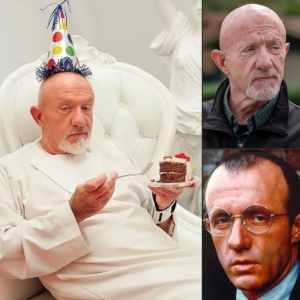This seemingly ordinary photograph, frozen in time from 1973 Iran, carries the weight of a nation on the cusp of dramatic change. The woman, her name lost to history, embodies the fleeting vibrancy of pre-revolutionary Iran, a period often overshadowed by the events that followed. Through this single image, we glimpse a society where Western influences and traditional Persian customs coexisted, where women navigated a complex space between newfound freedoms and age-old expectations.
1973 Iran was a land of contrasts. Shah Mohammad Reza Pahlavi’s modernization program had ushered in rapid economic growth and social reforms. Universities expanded, women gained suffrage, and Western fashion and music found their way into homes. Yet, beneath the surface simmered discontent. The Shah’s authoritarian rule, growing income inequality, and the erosion of Islamic values fueled resentment among segments of the population.
The woman in the photograph, let’s call her Golnar, represents a generation caught in this transition. Her uncovered head and fashionable attire speak of embracing Western trends. Perhaps she’s a student, a professional, or a homemaker seeking a life beyond the confines of tradition. Her friends and family, a mix of men and women, some in Western clothes, others in traditional garb, reflect the diverse social circles of the time.
The birthday celebration itself, a Western custom adopted by Iran’s middle class, becomes a symbol of this changing landscape. It’s a moment of carefree revelry, a break from the complexities of the outside world. In Golnar’s smile, we see a flicker of hope, a belief in the possibilities that lay ahead.





